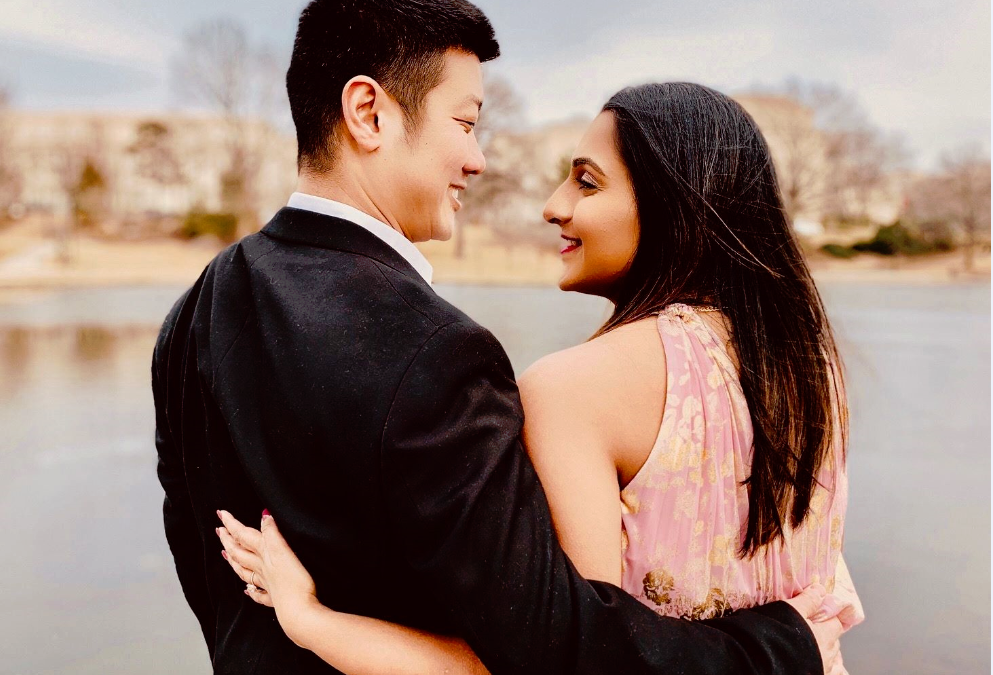The concept of THE ONE, also known as soul mate has been fed to us since we were little…Disney cartoons like Cinderella, Sleeping Beauty, Snow White or romcoms movies where the leading man and lady lives happily ever after sounds wonderful but in real life, happily ever after takes a lot of work and commitment to get there. The idea that there is only one person out there for us can set us up for unrealistic expectations when it comes to relationships.
To put it in practical terms, to find THE ONE in a world of 7.8 billion people is almost impossible. Perhaps it would be more realistic to reframe this concept to “THE ONE AT THIS MOMENT IN TIME”. The partner you would think of as THE ONE in your 20s might not be the same one in your 30s, 40s, or other stages in your life simply because life’s experiences shapes us and helps us grow as we mature with time. Two people who have lasted 10, 20, 50 or a lifetime together are the ones who found each other at the right moment and worked hard at keeping the relationship going and the flame burning. Fireworks razzle, dazzle and fizzles just as fast, but it is the charcoal log that burns slow lasts through the night.
Those who lean towards purely romantic destiny (or soulmates) believe people “click” and are meant to be together. As a result, those beliefs tend to drive those who believe in “the one” to be intensely passionate and satisfied with partners at first, particularly while things are compatible. Much like the fireworks concept, the relationship is filled with insane chemistry between the partners and when problems inevitably arise, believers in soul mates often don’t cope well and chances of leaving the relationship might be higher as it did not fit the ‘happily ever after’ framework. They simply look elsewhere for their “true” match.

Having a mindset of romantic growth instead of purely romantic destiny would be a healthier alternative. People who believe in the cultivation of romance will look for a person who can work and grow with them, resolving conflict as they arise. Like the charcoal log example earlier, a romantic growth individual might not have the same intense, euphoric response to partner connections in the beginning. However, as time passes, they choose to stay committed to their partner, resulting in longer and more satisfying relationships over time.
Life is not a Disney cartoon where Prince Charming and his fair maiden ride off into the sunset and lived happily ever after. Living happily ever after is very much possible, it just requires shattering the illusion of the concept of THE ONE. Instead it is ultimately about choosing to commit and to work on the imperfectly perfect relationship between two imperfect beings.

